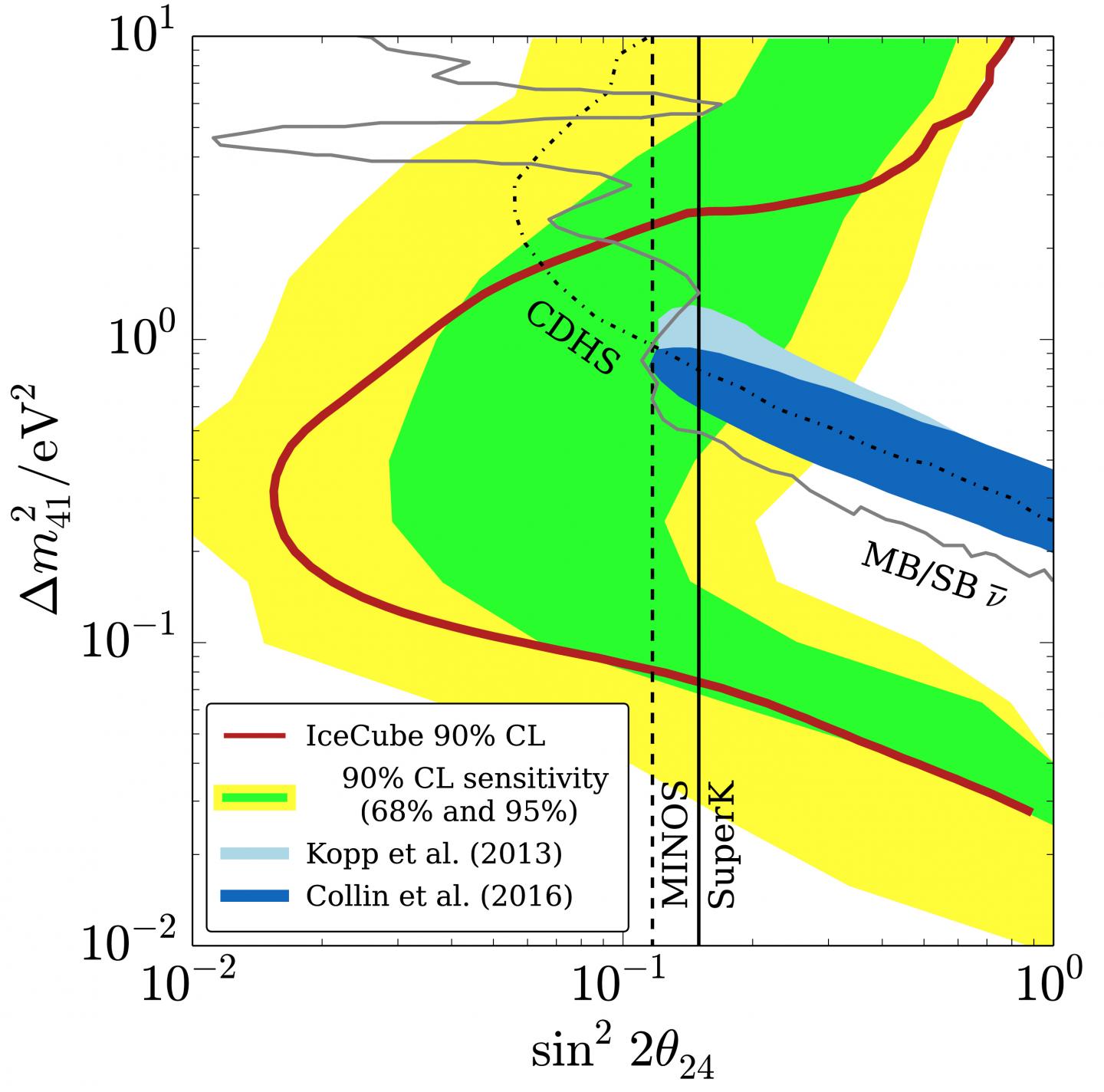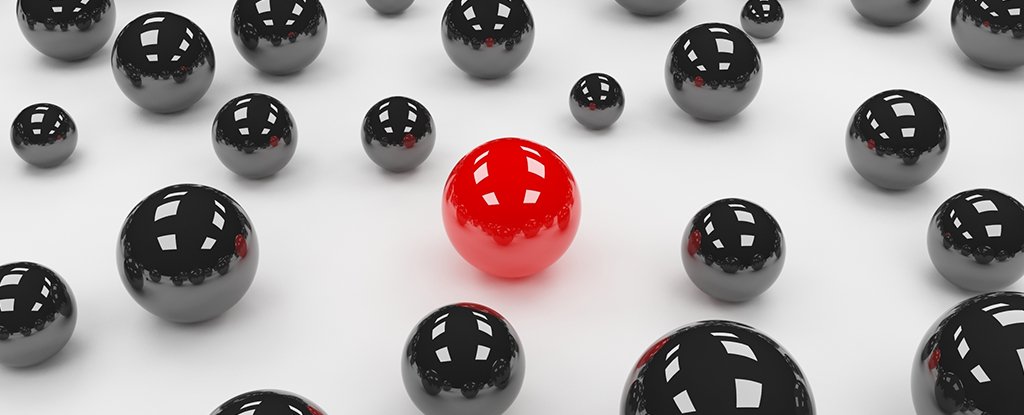
Opinion and reviews Find out whether you agree with our expert commentators.Careers Consider your career options with valuable advice and insightful case studies.People Meet the people behind the science.Events Plan the meetings and conferences you want to attend with our comprehensive events calendar.Blog Enjoy a more personal take on the key events in and around science.Analysis Discover the stories behind the headlines.Features Take a deeper look at the emerging trends and key issues within the global scientific community.News Stay informed about the latest developments that affect scientists in all parts of the world.Research updates Keep track of the most exciting research breakthroughs and technology innovations.Latest Explore all the latest news and information on Physics World.“There’s still a mystery afoot,” says physicist Bonnie Fleming of Yale University, a cospokesperson of the MicroBooNE experiment. “You’re giving fewer and fewer places to hide to these sterile neutrinos.”īut all hope for sterile neutrinos is not lost: A more complicated scenario involving a sterile neutrino combined with other theorized new phenomena could still explain the excess events. The researchers “have eliminated a lot of possibilities of what this excess could be, so I found the results pretty compelling,” says physicist Mayly Sanchez of Iowa State University in Ames, who was not involved with the study. That pair could point the finger at different hypothetical subatomic stuff, in particular, what’s called an axionlike particle. The detections, for example, might involve electrons paired with their antimatter partners, positrons. Other possible explanations for the excess events that MiniBooNE found remain to be investigated, some of which might go beyond standard physics. The difference between the two measurements might come down to the different materials used in the detectors, Scholberg says - carbon in the case of MiniBooNE, argon for MicroBooNE. It’s not clear why one experiment saw an excess while the other didn’t. The new result, reported October 27 during a virtual seminar, rules out many of the possible types of extra events involving electrons, making the sterile neutrino idea less plausible. In an October 1 seminar and a paper posted at, MicroBooNE had mostly eliminated the possibility of extra events involving photons. But MicroBooNE, confusingly, found no excess at all. So scientists set out to investigate the excess events - aiming to find out whether they involved electrons or photons. Also at Fermilab, the experiment uses an advanced type of detector that can tell electrons from photons. The sterile neutrino remained a question mark.Įnter MicroBooNE. That left scientists unsure whether the excess events were really electron neutrinos. And MiniBooNE tended to confuse electrons - a signature of electron neutrinos - with photons, particles of light that could indicate another particle. Particle detectors can’t directly spot neutrinos, instead identifying them by observing other particles spit out when neutrinos interact within a detector. MiniBooNE looked for electron neutrinos produced when muon neutrinos oscillated.The apparent glut of electron neutrinos seen by MiniBooNE could indicate that the switch seemed to happen more often than expected, potentially due to sterile neutrinos muddling up the oscillations.īut there was a catch.


The three known varieties of neutrinos - electron neutrinos, muon neutrinos and tau neutrinos - can transform, or oscillate, from one type to another as they travel. With MiniBooNE, scientists studied a phenomenon called neutrino oscillation. An even earlier neutrino experiment, performed in the 1990s, had also seen a similar signal. But new data from the Micro Booster Neutrino Experiment, or MicroBooNE, favor the canonical neutrino trio.Īn earlier experiment called MiniBooNE, located at Fermilab in Batavia, Ill., had for years found more neutrinos than expected at low energies, a hint strengthened with more data in 2018 ( SN: 6/1/18). That strange behavior raised the tantalizing prospect that a stealthier fourth type of neutrino, called a sterile neutrino, might be awaiting discovery. Neutrinos, which come in three known varieties, have shown up in greater numbers than expected in some experiments. “It’s simultaneously satisfying and unsatisfying.” “We still don’t have the answer,” says physicist Kate Scholberg of Duke University, who was not involved with the new result. A new study casts doubt on that idea, but leaves unsolved the mystery of what caused peculiar results in certain neutrino experiments. A reclusive, hypothetical subatomic particle might be creeping into studies of neutrinos, nearly massless particles with no electric charge. For decades, physicists have suspected an interloper.


 0 kommentar(er)
0 kommentar(er)
